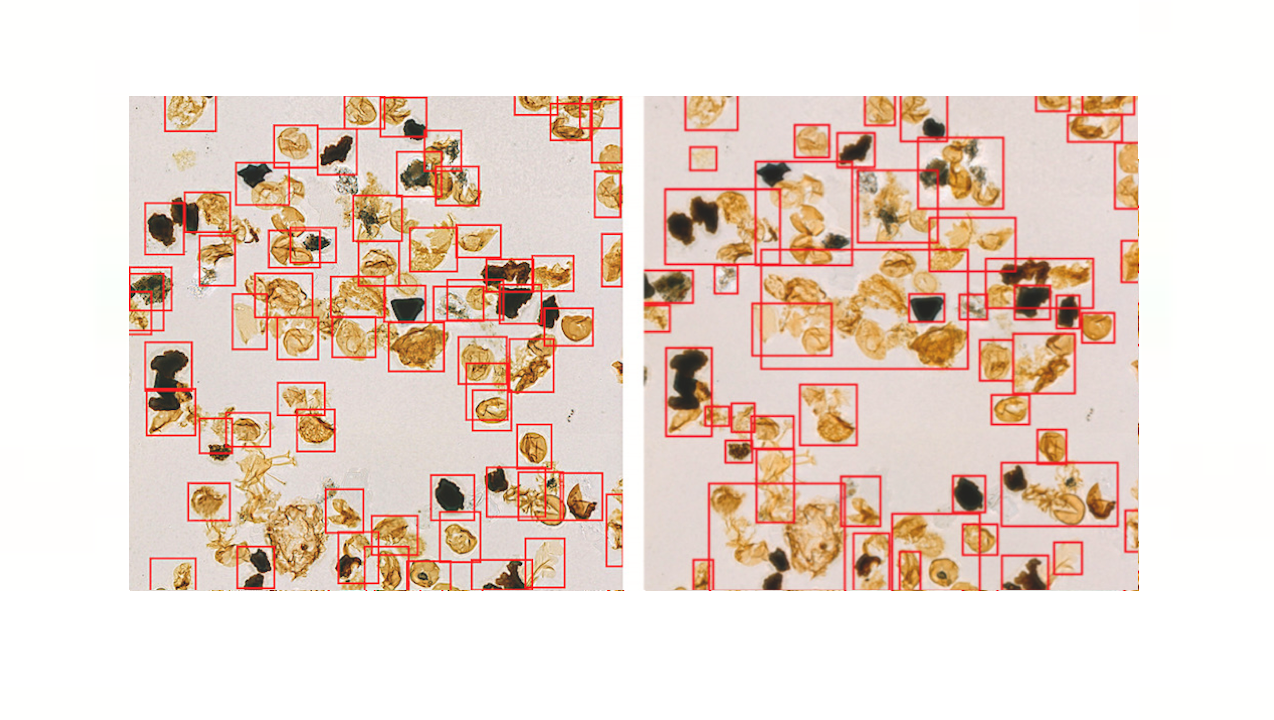
Machine Learning (ML) is all over the place lately, enjoying a vital function in numerous fields worldwide. Its purposes are limitless, and we depend on it greater than ever. As ML fashions grow to be extra complicated, it turns into more difficult to know and interpret them. Understanding complicated machine studying fashions, particularly these with many layers and intricate connections, makes it simpler to trace potential points and the scope of enchancment within the speculation. Accurate graph visualization instruments are important for this function. By clearly depicting how knowledge flows by means of the mannequin and how completely different components work together, visualization helps debug points, optimize the structure, and make knowledgeable selections whereas creating the mannequin.
For occasion, a big picture recognition mannequin with quite a few convolutional layers. An correct visualization instrument would permit you to see how every layer extracts options from the picture step-by-step, serving to you establish if a selected layer is likely to be blurring essential particulars or contributing to errors in classification.
Google researchers launched Model Explorer to deal with the problem of understanding, debugging, and optimizing complicated machine studying (ML) fashions, significantly massive ones. With ML fashions rising in measurement and complexity, standard visualization instruments wrestle to offer clear insights into their architectures and interior workings. The restricted options of current fashions make it tough for researchers and engineers to establish and deal with points corresponding to conversion errors, efficiency bottlenecks, and numeric inaccuracies. Model Explorer goals to beat these challenges by introducing a novel graph visualization answer particularly designed to deal with massive fashions easily and present hierarchical data in an intuitive format.
Existing visualization instruments, corresponding to TensorBoard and Netron, provide useful functionalities for understanding and debugging ML fashions. However, they face limitations in terms of dealing with the size and complexity of contemporary ML architectures, particularly these that make the most of diffusers and transformers. These instruments are unable to supply massive graphs, resulting in efficiency points and making it tough for customers to navigate and interpret the mannequin construction successfully. Google Researchers launched a novel graph visualization instrument tailor-made to the wants of ML practitioners. Model Explorer consists of a number of key options to deal with the shortcomings of current instruments, together with hierarchical format, interactive navigation, side-by-side mannequin comparability, and per-node knowledge overlay.
Model Explorer makes use of a hierarchical format method impressed by the TensorBoard graph visualizer to prepare mannequin operations into nested layers. This hierarchical construction permits customers to increase or collapse layers, enabling centered evaluation of particular components of the mannequin. The instrument helps a number of graph codecs generally utilized in standard ML frameworks like TensorFlow, PyTorch, and JAX, guaranteeing compatibility with a variety of fashions. Model Explorer leverages GPU-accelerated graph rendering with WebGL and three.js to deal with the problem of rendering massive graphs easily. This method allows the instrument to attain a clean 60 frames-per-second (FPS) consumer expertise, even with graphs containing tens of hundreds of nodes. Additionally, Model Explorer incorporates instanced rendering strategies to optimize efficiency additional.
Model Explorer prioritizes massive mannequin visualization with a hierarchical construction, whereas TensorBoard provides a broader suite of functionalities for ML experimentation, together with visualizations, logging, and debugging. Netron focuses on common neural community visualization. This helps Model Explorer excel at dealing with very massive fashions in comparison with TensorBoard or Netron.
In conclusion, Google’s Model Explorer gives an answer to the challenges of understanding, debugging, and optimizing massive ML fashions. By providing a hierarchical visualization method and leveraging GPU-accelerated rendering, Model Explorer allows customers to discover complicated mannequin architectures with readability and effectivity. The instrument’s interactive options, corresponding to side-by-side mannequin comparability and per-node knowledge overlay, facilitate efficient debugging and optimization workflows. Overall, Model Explorer is a state-of-the-art mannequin within the area of ML visualization, offering researchers and engineers with a useful instrument for analyzing and bettering the efficiency of large-scale ML fashions.
Pragati Jhunjhunwala is a consulting intern at MarktechPost. She is presently pursuing her B.Tech from the Indian Institute of Technology(IIT), Kharagpur. She is a tech fanatic and has a eager curiosity within the scope of software program and knowledge science purposes. She is all the time studying concerning the developments in numerous area of AI and ML.
🐝 Join the Fastest Growing AI Research Newsletter Read by Researchers from Google + NVIDIA + Meta + Stanford + MIT + Microsoft and many others…
https://www.marktechpost.com/2024/05/18/model-explorer-a-powerful-graph-visualization-tool-that-helps-one-understand-debug-and-optimize-machine-learning-models/




